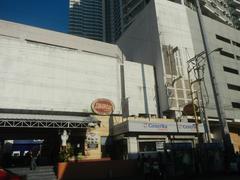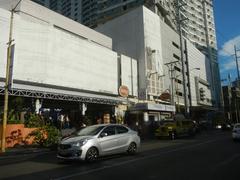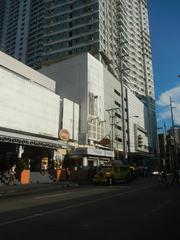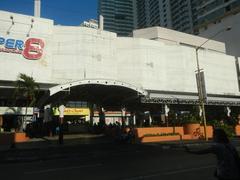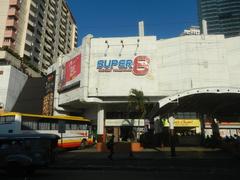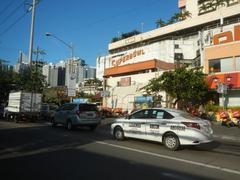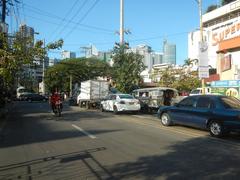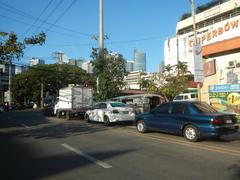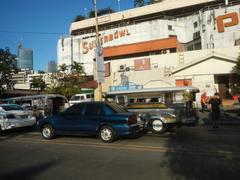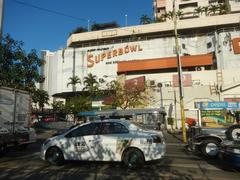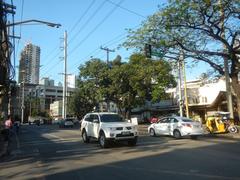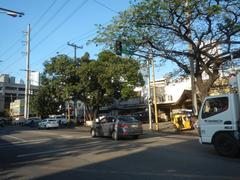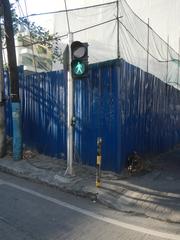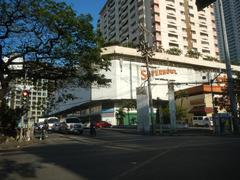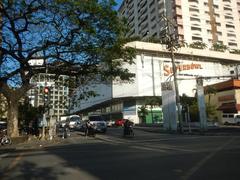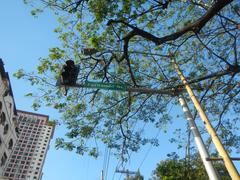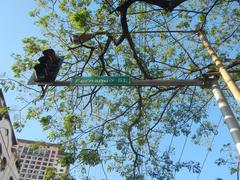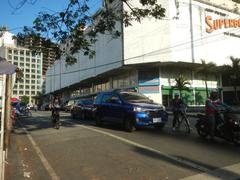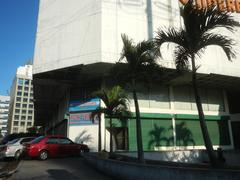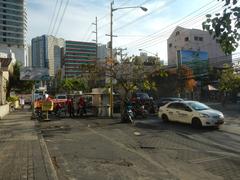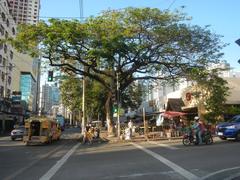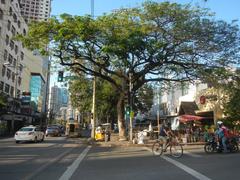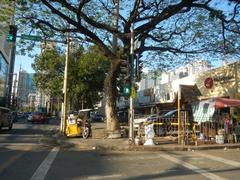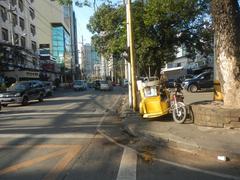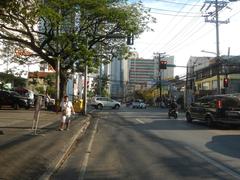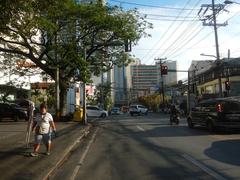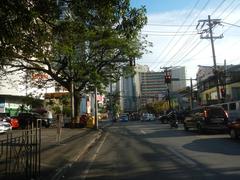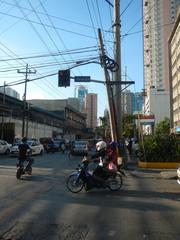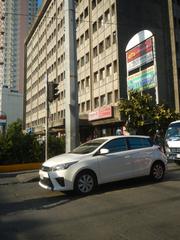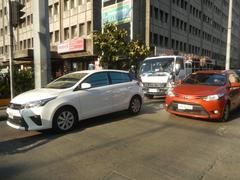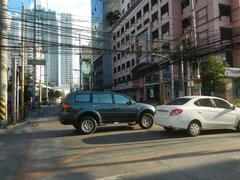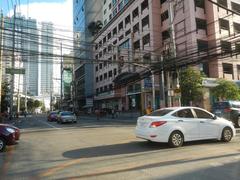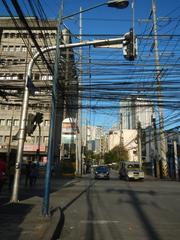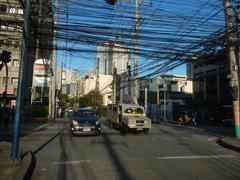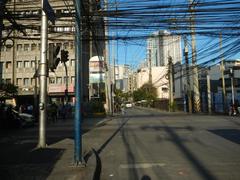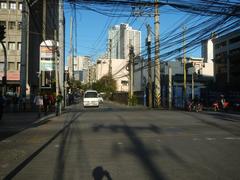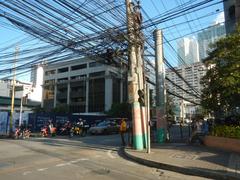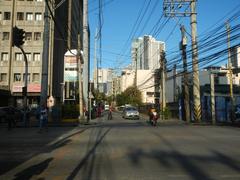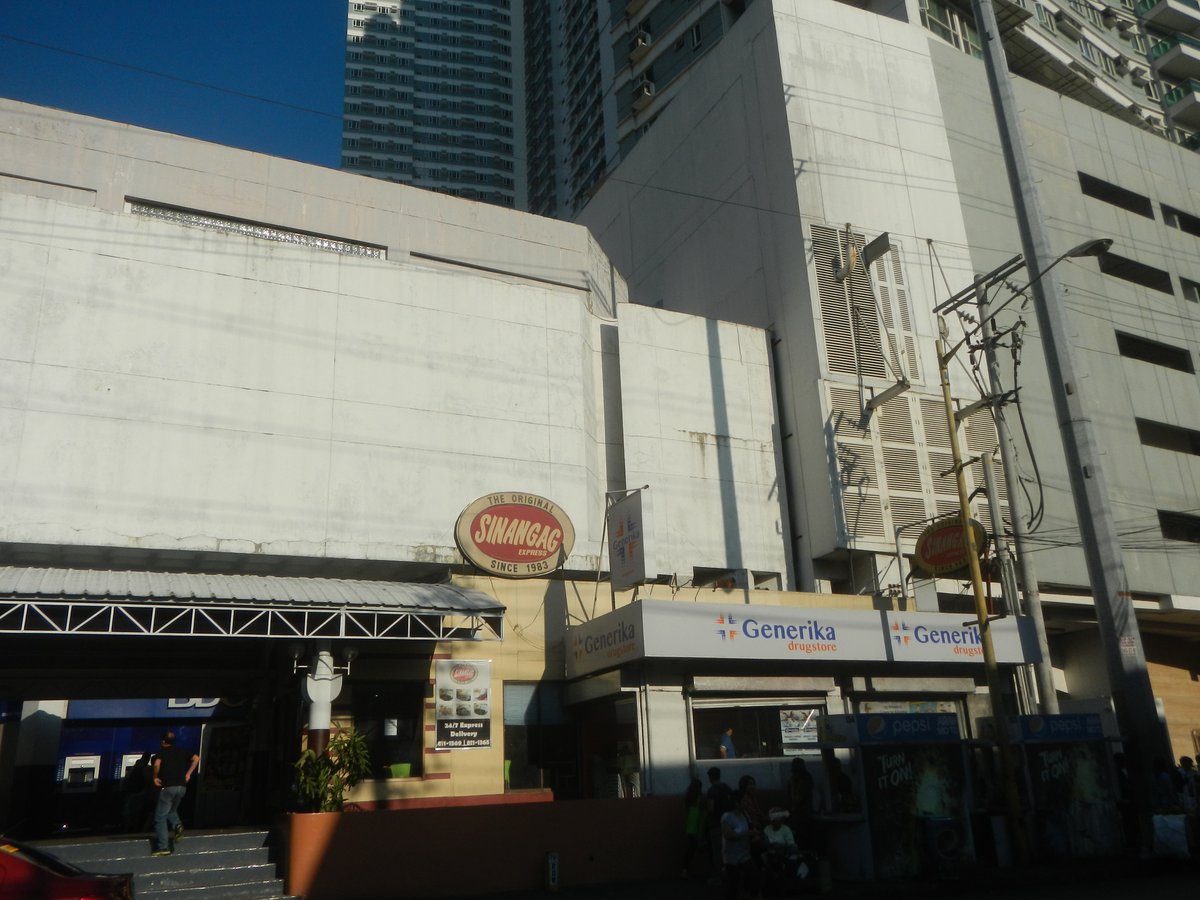
Chino Roces Avenue Visiting Hours, Tickets, and Metro Manila Historical Sites Guide
Date: 15/06/2025
Introduction to Chino Roces Avenue and Its Significance
Chino Roces Avenue, formerly Pasong Tamo, is a dynamic urban corridor traversing Makati and Taguig in Metro Manila, Philippines. Renamed in honor of Joaquin “Chino” Roces—a renowned journalist, publisher, and freedom fighter—the avenue is both a physical artery and a symbol of democratic resistance, notably tied to the 1986 People Power Revolution. Today, Chino Roces Avenue stands as a vibrant blend of history, art, commerce, and governance, reflecting Metro Manila’s evolution from rural passage to bustling metropolis (Manila Bulletin).
Over the years, the avenue has transformed from a rural route lined with fields into the backbone of Makati’s Central Business District, now extending to Bonifacio Global City (BGC). This transformation mirrors Metro Manila’s broader urbanization and diversification—melding industrial heritage with modern developments.
Chino Roces Avenue is now recognized as Metro Manila’s premier art district, particularly around Karrivin Plaza and the “Chino Roces Art Mile.” Notable galleries—such as Silverlens Gallery, Finale Art File, and The Drawing Room—showcase Filipino creativity on a global stage, drawing art lovers, tourists, and collectors (Lonely Planet; Spot.ph). Complemented by culinary hotspots, nightlife venues, and significant landmarks like the soon-to-be-occupied Senate building, Chino Roces Avenue remains central to Metro Manila’s political and cultural landscape.
For visitors, the avenue offers an accessible urban experience, with convenient public transport, pedestrian-friendly routes, and proximity to attractions like the Ayala Museum and BGC. Whether you’re an art enthusiast, history buff, or foodie, this guide details everything you need to plan your visit—from hours and transportation to safety and cultural highlights (Wanderlog; Inquirer Lifestyle).
Contents
- Introduction
- Origins and Naming of Chino Roces Avenue
- Historical Evolution and Urban Development
- The Avenue’s Legacy of Democracy
- Cultural and Artistic Renaissance
- Architectural Heritage and Landmarks
- Visitor Information (Getting There, Hours, Accessibility)
- Nearby Attractions and Activities
- Practical Travel and Safety Tips
- FAQ
- Conclusion and Resources
Origins and Naming of Chino Roces Avenue
Originally known as Pasong Tamo—possibly referencing a local plant or the Tagalog term for “narrow passage”—the avenue was renamed to honor Joaquin “Chino” Roces. As a publisher of The Manila Times and a leader in the 1986 People Power Revolution, Roces is commemorated for his fight for press freedom and democracy. The renaming upholds the tradition of memorializing national heroes within the urban landscape (Manila Bulletin).
Historical Evolution and Urban Development
Early Years and Urban Growth
In the early 20th century, Pasong Tamo was a rural road amidst farmlands. Post-World War II, Makati’s rapid development as a business hub transformed Chino Roces Avenue into a major connector between the Makati CBD, residential areas, and emerging commercial centers like BGC.
Industrial to Commercial Transformation
From the 1960s through the 1980s, the avenue was dominated by factories, warehouses, and automotive dealers. Over time, these industrial sites were repurposed into office towers, retail centers, and residential complexes. The Chino Roces Avenue Extension now reaches Taguig, hosting new government projects like the upcoming Senate building (Manila Bulletin).
The Avenue’s Legacy of Democracy
Honoring Chino Roces
Chino Roces’ legacy is deeply woven into the avenue’s identity. Imprisoned during Martial Law and recognized as a symbol of civic resistance, Roces’ name serves as a daily reminder of the avenue’s democratic roots and ongoing political significance.
Political and Civic Significance
The new Senate building along the avenue’s extension underscores Chino Roces Avenue’s evolving role in national governance (Manila Bulletin), reinforcing its status as both a commercial and political landmark.
Cultural and Artistic Renaissance
The Chino Roces Art Mile
Chino Roces Avenue is now synonymous with Metro Manila’s art scene, anchored by Karrivin Plaza and the so-called “Chino Roces Art Mile.” Here, leading galleries foster a vibrant creative community:
- Silverlens Gallery: Showcases contemporary Filipino artists and has a global presence (Spot.ph).
- Finale Art File: Features innovative exhibitions that challenge artistic conventions (Wanderlog).
- The Drawing Room: Exhibits diverse media from acclaimed and emerging artists (Spot.ph).
- Leon Gallery: Bridges historical and contemporary Filipino art (Spot.ph).
- Modeka Creative Space, Vinyl on Vinyl, Archivo 1984: Enhance the area’s creative diversity (Wanderlog).
Galleries typically open from 11 AM to 7 PM (Tuesday to Saturday), often with free admission.
Community Events and Engagement
National Arts Month in February sees the avenue host festivals, workshops, and artist talks (Inquirer Lifestyle), fostering a strong sense of community and cultural dialogue.
Architectural Heritage and Landmarks
Adaptive Reuse and Modern Architecture
Repurposed warehouses and modern buildings coexist along the avenue, reflecting both its industrial heritage and contemporary aspirations. The Senate building exemplifies new Filipino architecture and the avenue’s ongoing transformation (Manila Bulletin).
Proximity to Historical and Cultural Sites
Chino Roces Avenue is a short distance from the Ayala Museum, National Museum of Fine Arts, and other key landmarks, offering visitors a well-rounded cultural itinerary (Lonely Planet; The Smart Local).
Visitor Information
Getting There
- Public Transit: Accessible via jeepneys, buses, and the Magallanes MRT-3 station. The Chino Roces Avenue Extension links Makati with BGC.
- Ride-Hailing & Taxis: Grab, Angkas, and Joyride are popular and convenient (Onlooq). Regular taxis are available; insist on the meter (African Jacana).
- Walking: Pedestrian-friendly in key zones, though some sidewalks are uneven.
Visiting Hours & Admission
- Avenue: Open 24/7 as a public thoroughfare.
- Galleries and Shops: Typically 10 or 11 AM to 7 or 8 PM, Tuesday–Saturday. Admission is usually free; special events may require tickets.
- Senate Building: Government facility; external viewing only.
Accessibility
Major malls and galleries are wheelchair-accessible; sidewalks may be uneven in some areas. Public transport is widely available.
Notable Sites and Activities
Art Galleries and Creative Spaces
- Silverlens Gallery, Finale Art File, The Drawing Room, 1335 Mabini, Art Informal, Modeka Creative Space: All within walking distance, offering diverse artistic experiences (Lonely Planet).
Cultural and Historical Landmarks
- Don Bosco Technical Institute: Historic educational site (exterior viewing; tours by arrangement) (Trek Zone).
- Makati Cinema Square & Southgate Mall: Shopping and lifestyle destinations (Wanderlog).
Little Tokyo
Experience authentic Japanese cuisine and culture in this enclave along Chino Roces Avenue. Notable spots include Izakaya Kikufuji and Misaki Bistro (Primer; Housing Interactive).
Culinary Highlights
Avenue offers everything from street food (Mamita Glenda) to fine dining (Wagyu Manila, Toyo Eatery), international cuisine, and artisanal coffee shops (Booky).
Nightlife & Shopping
The Alley and Little Tokyo are popular for after-work drinks. Specialty shops, furniture stores, and automotive dealerships line the avenue (Trek Zone).
Nearby Attractions
- Ayala Museum: 17-minute walk.
- Ayala Triangle Gardens: 19-minute walk.
- Legazpi Active Park: Ideal for outdoor activities (Trek Zone).
Transportation Options
Public Transport
- Jeepneys: Run along the avenue from early morning to late at night (Moovit).
- Buses: Connect to major transit hubs.
- Trains: MRT-3 Magallanes and PNR Edsa stations within walking distance.
- Tricycles: Useful for short distances on side streets.
Ride-Hailing & Taxis
- Grab, Angkas, Joyride: Convenient and widely available.
- Taxis: Use the meter or book via trusted apps (African Jacana).
Travel Tips
- Avoid peak hours (7:00–10:00 AM; 5:00–8:00 PM) due to traffic.
- Rainy season (June–November) may cause flooding and delays (African Jacana).
Safety and Practical Tips
- General Safety: Chino Roces Avenue is generally safe, but petty theft can occur (Travel Safe Abroad; African Jacana).
- Transportation Safety: Use ride-hailing, be vigilant in public vehicles, and walk in well-lit areas.
- For Women and Solo Travelers: Standard urban precautions apply; avoid walking alone late at night.
- Weather and Health: Dress for hot, humid conditions; carry an umbrella in rainy season; dial 911 in emergencies.
- Money: Use ATMs inside malls/banks; cash is preferred for small purchases.
- Connectivity: Free Wi-Fi in many venues; local SIMs are affordable.
- Cultural Etiquette: Dress modestly in formal/religious places; tipping is 5–10% and not mandatory.
Frequently Asked Questions (FAQ)
Q: What are the typical visiting hours for galleries on Chino Roces Avenue?
A: Most galleries open 10 or 11 AM to 7 PM, Tuesday–Saturday.
Q: Is there an entrance fee for galleries?
A: Most are free; special events may require tickets.
Q: Are guided tours available?
A: Some galleries and groups offer tours by appointment.
Q: How do I get there using public transport?
A: Magallanes MRT is the nearest station; jeepneys and buses also serve the area.
Q: Is Chino Roces Avenue family-friendly?
A: Yes, especially during cultural events; supervise children due to traffic.
Q: What’s the best time to visit?
A: Weekdays for a quieter experience; February for major art events.
Visual and Interactive Resources
- Interactive maps and virtual tours are available on official gallery and tourism websites.
- Optimized images with alt tags (e.g., “Chino Roces Avenue art district in Makati”) improve online accessibility.
Conclusion
Chino Roces Avenue encapsulates Makati’s urban vitality—blending history, art, cuisine, and commerce in a single destination. Whether exploring galleries, savoring culinary delights, or discovering its democratic legacy, visitors will find a rich tapestry of experiences. Use this guide to plan your journey, and don’t miss nearby attractions like Ayala Museum and BGC. For real-time updates, curated tours, and exclusive deals, download the Audiala app and follow our social media channels.
References and Official Sources
- Manila Bulletin
- Lonely Planet
- Spot.ph
- Inquirer Lifestyle
- Wanderlog
- Moovit
- Housing Interactive
- Primer
- Booky
- African Jacana
- Travel Safe Abroad
